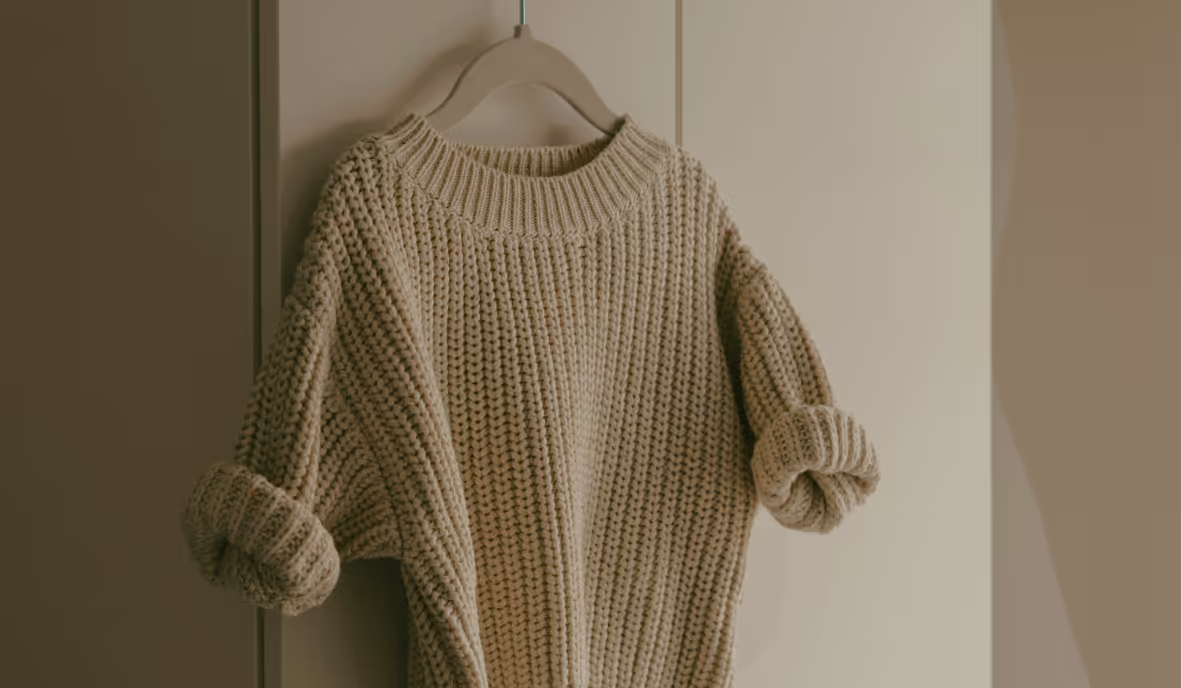How to Avoid Microplastics in Your Home

Join the community





Microplastics are tiny plastic particles smaller than 5 millimeters in size. They can come from various sources, including the breakdown of larger plastic items, microbeads in personal care products, and even fibers from synthetic clothing.
Although several studies have linked the ingestion of microplastics to health issues such as endocrine disruption, weight gain, insulin resistance, decreased reproductive health, and cancer, we still don’t have a full understanding of the health effects.
But it's a good idea to avoid microplastics whenever possible.
How to avoid microplastics in your kitchen
Packaging
Skip plastic packaging to prevent microplastics in your food or water. Opt for glass, ceramic, or metal containers for food storage.
Cooking tools and utensils
Plastic cooking tools can shed microplastics. Choose metal, glass, or wooden alternatives.
Cleaning
Dishwashing can lead to microplastics. If you can, use dishwashers with stainless steel interiors or hand wash your dishes. Pick plastic-free dish soap bars, natural sponges, and dishcloths for hand washing.
Some of our favorite low-plastic cleaning brands are Blueland, Grove Co., and Dirty Labs.
Plastic food containers
Don't microwave food in plastic containers as they may release microplastics. Use glass or ceramic containers instead.
Plastic wraps
Replace plastic wrap with reusable beeswax-coated cotton fabric wrap or use glass jars for storage.
Check out these 5 Brands for a Microplastic-Free Kitchen
{{cta-join3}}
How to avoid microplastics in your bathroom
Plastic toothbrushes
Plastic toothbrushes contribute significantly to landfill waste as most of them take centuries to biodegrade. Bamboo toothbrushes serve as an eco-friendly alternative to them.
Deodorants
Deodorant bottles, made from various types of plastics, often end up in landfills and oceans due to recycling challenges. Try using refillable deodorants from brands such as EarthHero.
Shampoos, conditioners, and soaps
Traditional shampoo, conditioner, and liquid soap bottles, which are 80-90% water, contribute to plastic waste. Brands such as The Earthling Co. offer a plastic-free alternative in the form of shampoo, conditioner, and soap bars.
Menstrual products
Disposable tampons and pads, which contain plastic, can take 500-800 years to decompose, posing a significant environmental threat. Sustainable period products from August provide an eco-friendly option.
Cosmetics
Microplastics are present in our cosmetic products such as lipstick, mascara, and eye shadow but they are difficult to spot. Check out plastic-free crayons for eyes, lips, and cheeks from Axiology Beauty.
Diapers
Single-use diapers consist of wood pulp, cotton, viscose rayon, and plastics like polyester, polyethylene, and polypropylene. This composite structure makes them difficult to recycle so they end up in landfills or incinerators. Biobased diapers from EarthHero provide a plastic-free alternative.
Razors
Plastic razors certainly offer convenience but their mixed material composition makes it difficult to recycle them and they end up in our landfills and oceans, leaching microplastics in the environment. Reusable razors from Leaf Shave provide a plastic-free alternative.
Check out these 7 Sustainable Brands for a Plastic-Free Bathroom
How to avoid microplastics in your laundry
Washing clothes
When we wash synthetic clothes made of polyester, nylon, and acrylic, they shed microfibers that enter municipal wastewater and release microplastics into the ecosystem. You can use filters to capture these. Laundry balls or laundry bags will also do the trick.
Laundry pods
Conventional laundry pods and even sheets made from plastic. We recommend powders, tablets, or concentrates. Here are our top-rated detergent brands.
Drying clothes
Dryer sheets, often used in laundry, are made of nonwoven polyester fabric and are covered with chemicals. After a single use, they are disposed of and can release microplastics into the environment. A more sustainable alternative to these sheets is wool dryer balls, which do not contribute to microplastic pollution.
Buying clothes
Choose natural alternatives like cotton and linen instead of synthetic fibers. Even blends like polyester-cotton shed fewer microfibers than synthetic fibers. Shopping secondhand can also reduce the microfiber release as clothes shed more microfibres in the first eight washes.
Machine settings
Avoid the delicate setting on your washing machine as it uses more water which causes more microfiber shedding.
Buying a new machine
When it’s time to buy a new washing machine, opt for a front-loading model as it causes less shedding.
Check out 6 Tips for More Eco-Friendly Laundry












